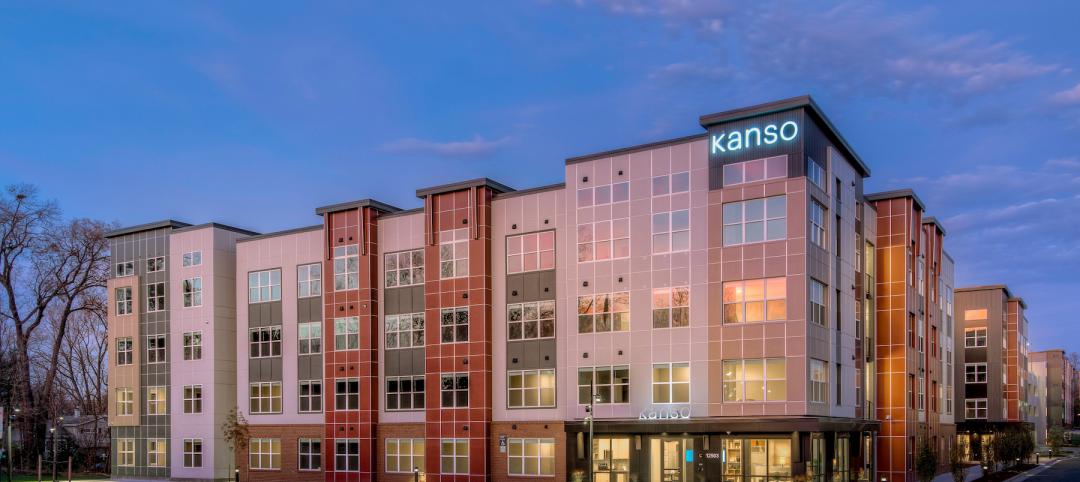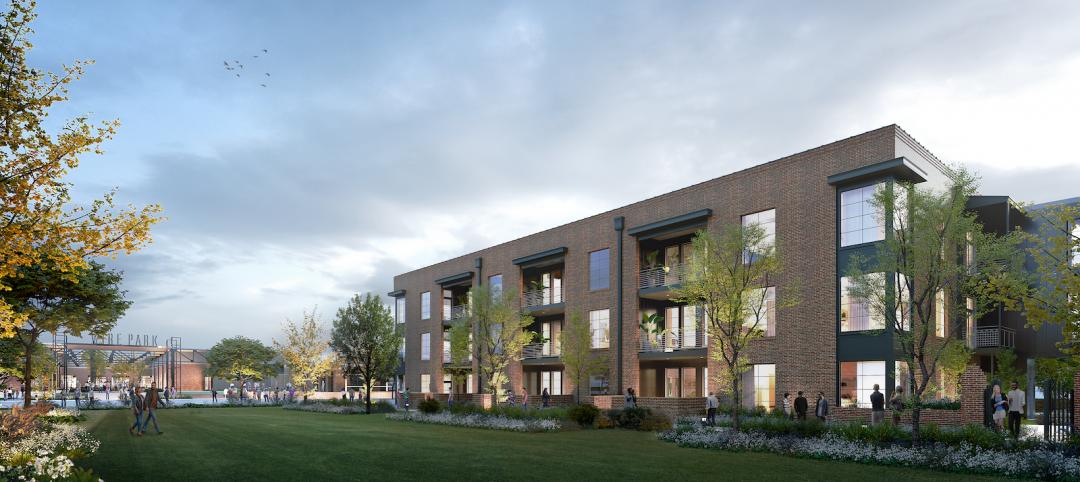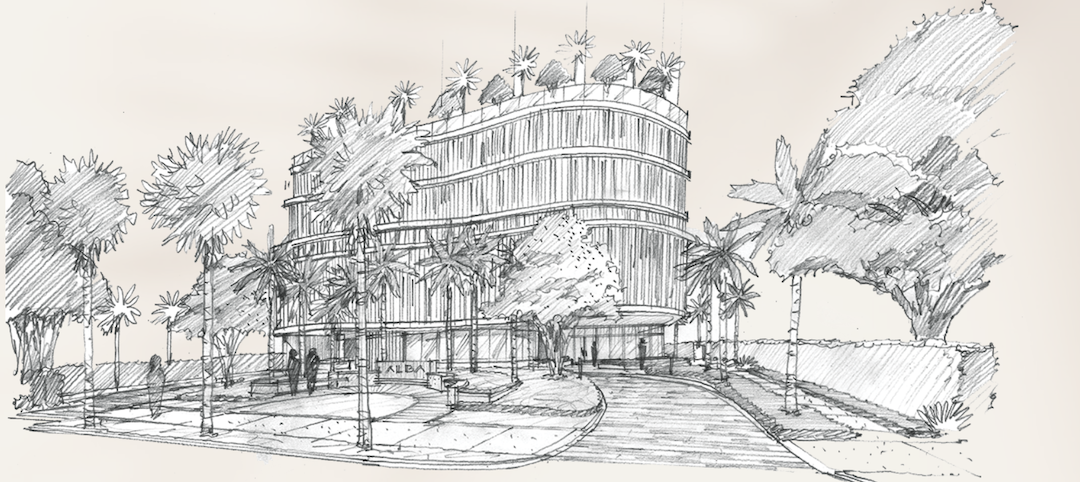Thirty percent. That’s the traditional metric of housing affordability, which holds that housing should cost no more than 30% of a family’s income. By that measure, about 55% of U.S. neighborhoods would be considered “affordable” for the average household.
When you factor in the cost of transportation, however, the percentage of neighborhoods that the typical family can afford falls to 26%, according to the Center for Neighborhood Technology, a nonprofit research group based in Chicago. Transportation is most household’s second-biggest expense, after housing.
The conundrum is that many lower-income families and individuals can’t afford to live in the more desirable areas served by good public transit. They are forced to choose neighborhoods whose housing they can afford, but which have limited transit service, or none at all. As a result, their housing costs may be 30% or less of total income, but the high cost of commuting to work makes their daily living costs unaffordable.
Transit-oriented developments help address this problem. TODs place housing at or near rail and bus service nodes and routes. This can, in many cases, enable lower-income residents to reduce the cost of their commute to work, making their total housing and transportation budget fall more in line with the traditional affordability metric.
Enterprise Community Loan Fund, an affiliate of the nonprofit Enterprise Community Partners, recently closed three deals that will create 462 renovated or newly constructed apartments in neighborhoods served by Denver’s transit system:
- Crosswinds at Arista, a $1.8 million loan to acquire vacant land in Broomfield, with rapid bus routes to Denver and Boulder. Sponsoring developer Gorman & Company plans to develop 159 one-, two-, and three-bedroom affordable apartments.
- Bonsai Apartments, a $2 million loan to acquire a nursery in Sheridan, 10 miles south of Denver, where Medici Development will build 149 new affordable apartments.
- Johnson & Wales Family Housing, a $5 million loan to acquire two student housing buildings on the former Johnson & Wales University campus. Archway Community Investment plans to turn the dorms into 154 affordable rental units. Buses with frequent rush-hour headways go right to downtown Denver.
The deals were financed through the Denver Regional Transit-Oriented Development Fund. Since 2010, the fund, a partnership among state and local housing agencies, banks, philanthropic institutions, and community development financial institutions (like Enterprise Community Loan Fund), has invested $50 million to renovate or build more than 2,000 affordable homes in the seven-county metro area. (All properties must meet Enterprise Green Communities criteria for the affordable housing sector. ) As loans are repaid, the capital goes toward new acquisitions to increase the supply of affordable homes near transit.
Seems like a pretty good model for other metro areas to adopt, don’t you think?
Related Stories
Multifamily Housing | Mar 4, 2022
221,000 renters identify what they want in multifamily housing, post-Covid-19
Fresh data from the 2022 NMHC/Grace Hill Renter Preferences Survey shows how remote work is impacting renters' wants and needs in apartment developments.
Projects | Mar 2, 2022
Manufacturing plant gets second life as a mixed-use development
Wire Park, a mixed-use development being built near Athens, Ga., will feature 130 residential units plus 225,000 square feet of commercial, office, and retail space. About an hour east of downtown Atlanta, the 66-acre development also will boast expansive public greenspace.
Multifamily Housing | Feb 25, 2022
First set of multifamily properties achieve BREEAM certification in the U.S.
WashREIT says it has achieved certification on eight multifamily assets under BREEAM’s In-Use certification standard.
Multifamily Housing | Feb 24, 2022
First new, mixed-use high-rise in Detroit’s central business district in nearly 30 years opens
City Club Apartments completed two multifamily projects in 2021 in downtown Detroit including the first new, mixed-use high-rise in Detroit’s central business district in nearly 30 years.
Codes and Standards | Feb 21, 2022
More bad news on sea level rise for U.S. coastal areas
A new government report predicts sea levels in the U.S. of 10 to 12 inches higher by 2050, with some major cities on the East and Gulf coasts experiencing damaging floods even on sunny days.
Urban Planning | Feb 14, 2022
5 steps to remake suburbs into green communities where people want to live, work, and play
Stantec's John Bachmann offers proven tactic for retrofitting communities for success in the post-COVID era.
Senior Living Design | Feb 11, 2022
Design for senior living: A chat with Rocky Berg, AIA
Rob Cassidy, Editor of MULTIFAMILY Design + Construction, chats with Rocky Berg, AIA, Principal with Dallas architecture firm three, about how to design senior living communities to meet the needs of the owner, seniors, their families, and staff.
Multifamily Housing | Feb 8, 2022
Suffolk to build Alba Palm Beach
The project will feature 55 residences.
| Feb 4, 2022
New apartment complex Dixon Place honors the history of Salt Lake City
Salt Lake City’s Sugar House neighborhood has been experiencing somewhat of a renaissance as of late, and the opening of new apartment community Dixon Place continues that trend. MVE + Partners took leadership in the design of the 59-unit, Class A development.
Sponsored | Steel Buildings | Jan 25, 2022
Multifamily + Hospitality: Benefits of building in long-span composite floor systems
Long-span composite floor systems provide unique advantages in the construction of multi-family and hospitality facilities. This introductory course explains what composite deck is, how it works, what typical composite deck profiles look like and provides guidelines for using composite floor systems. This is a nano unit course.

















